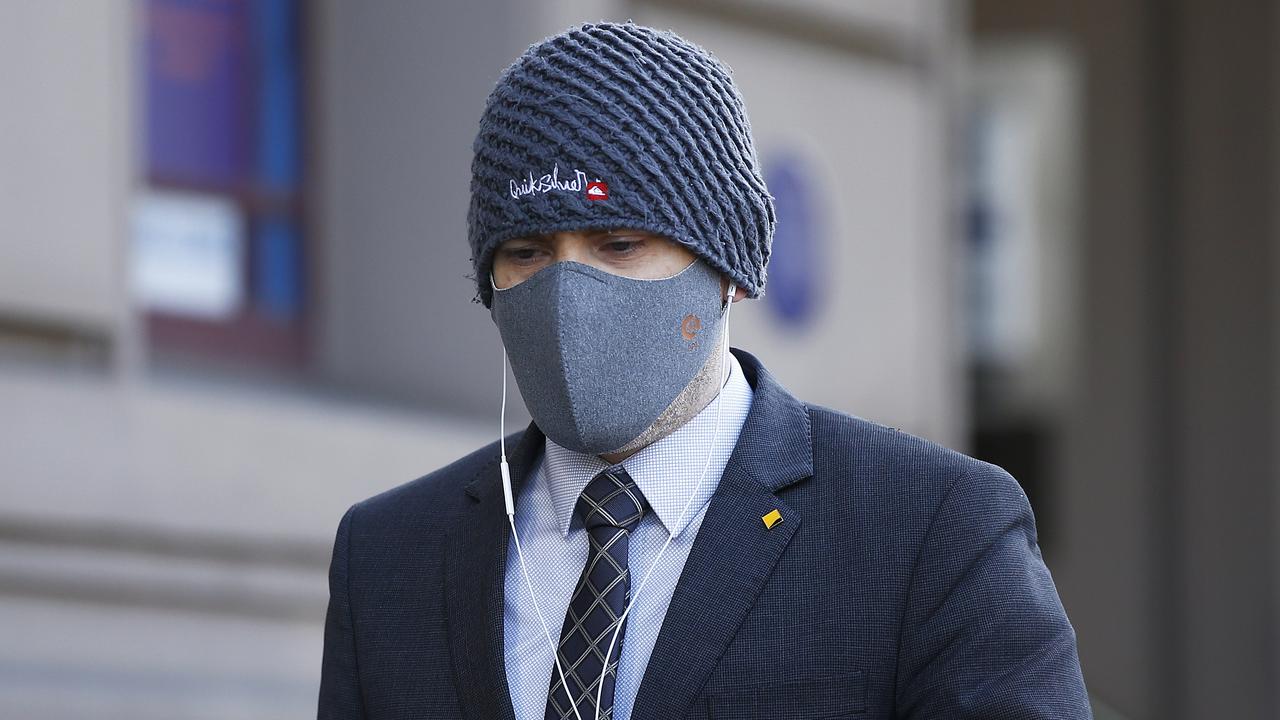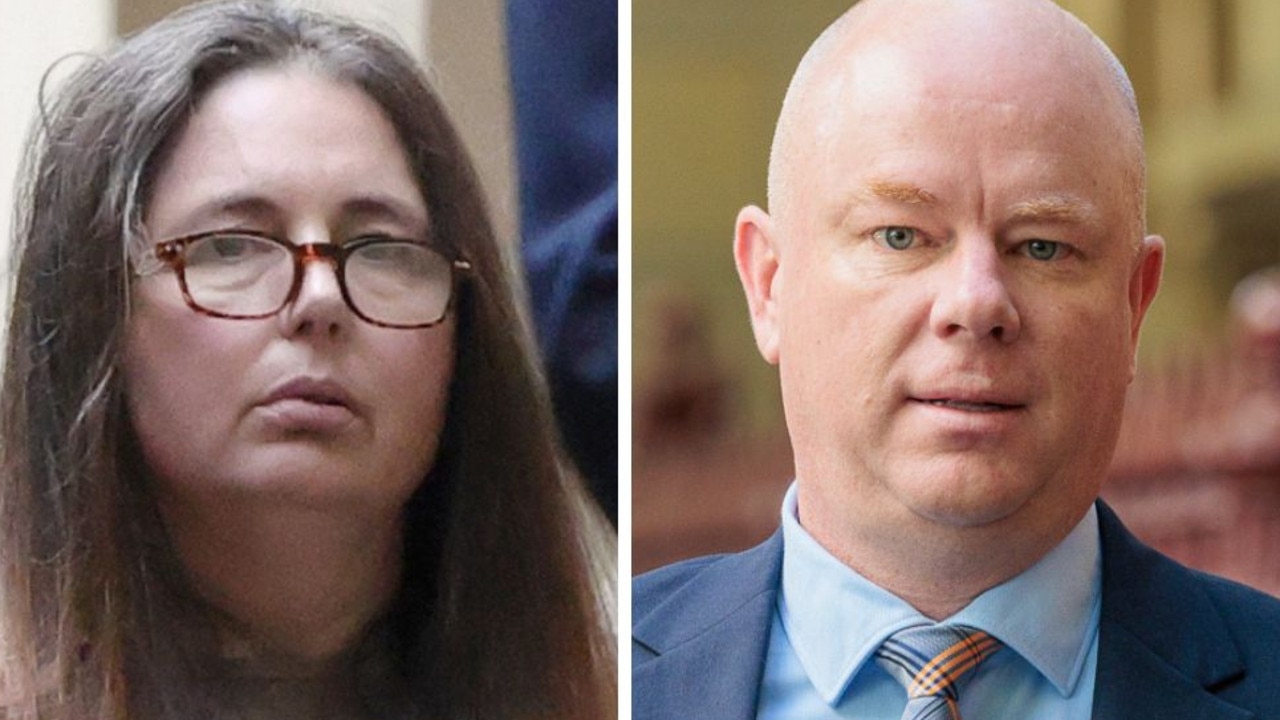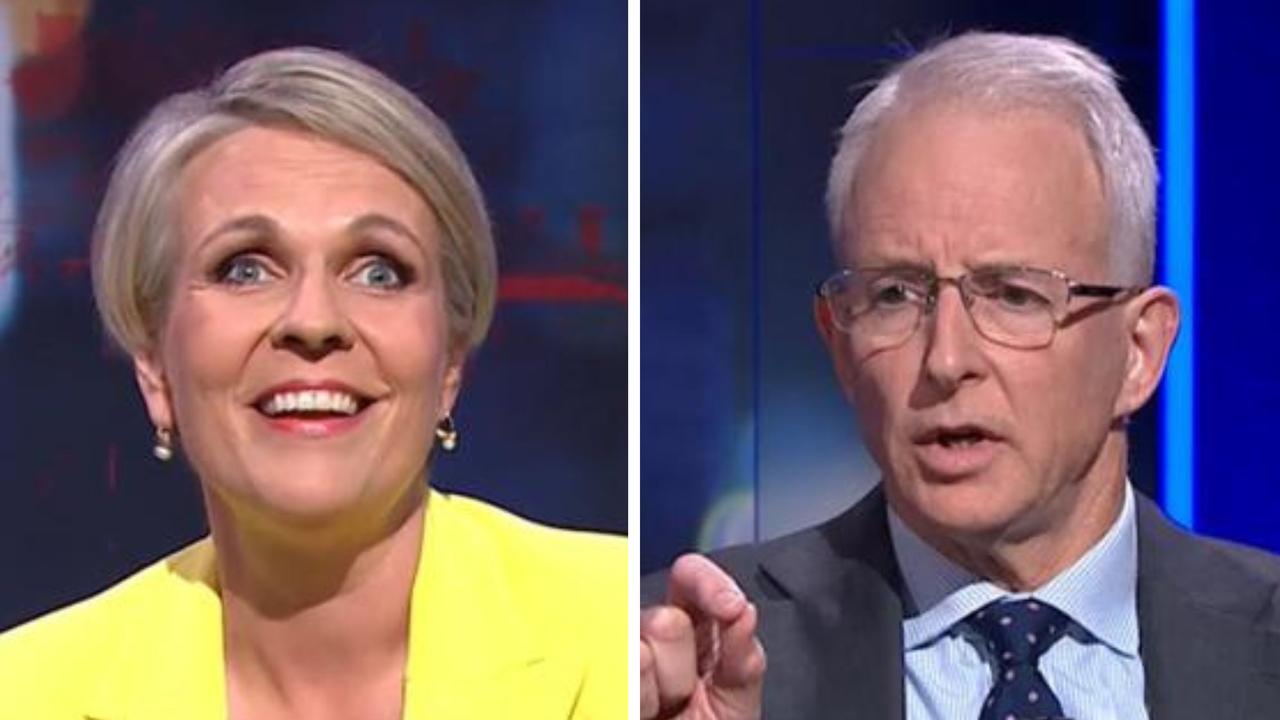New analysis suggests Victoria’s coronavirus outbreak peaked on July 30
Victoria’s virus outbreak may have already peaked, new analysis provided to news.com.au suggests. There’s hope the state has passed the worst.

New analysis suggests Victoria’s coronavirus outbreak peaked on July 30, sparking hope that the state has seen the worst of the crisis.
Melbourne University epidemiologist Professor Tony Blakely has provided news.com.au with details of his analysis published on Pursuit, which uses a five-day average that smooths out the daily cases so a more accurate picture of how the state is tracking can be seen.
In the last week Prof Blakely said Victoria had been a “rollercoaster of wild variation” but once the data was smoothed out, a more promising picture emerges.
Thankfully for those in Melbourne, where a strict stage 4 lockdown has just been introduced, it appears that mask wearing is paying off.
Prof Blakely’s analysis suggests coronavirus cases peaked on July 30 and have since plateaued, about seven days after masks became mandatory in Melbourne on July 23.
“If you look at the five-day average, even though cases are fairly volatile day-by-day, it does look like they flatten off from about 8-10 days after masks were introduced,” he said.
“Masks were introduced on July 23 but a lot of us were starting to wear them before that as well.
“I am reasonably comfortable that we have bent the curve.”
RELATED: Follow our live coronavirus updates
RELATED: Shocking cost of Victoria’s new lockdown

Prof Blakely’s optimistic analysis contradicts reports in The Australian of leaked government modelling that suggested cases could go as high as 1000 a day and that the peak was still weeks way.
Today, Victoria’s deputy chief health officer Allen Cheng told reporters the modelling did not come from the government.
“I have not seen any modelling that suggests that,” Prof Cheng said.
“I first went to check our internal modelling. I also checked with the Commonwealth, with (Health Department Secretary) Brendan Murphy’s team. We can’t find anything that looks like that.”
Premier Daniel Andrews stepped in to stress “the bloke who’s in charge of the modelling has never seen it”.
“Brendan Murphy has never seen it,” he said. “No one in the government has ever seen it.”
Asked about the figures quoted in the story, Prof Blakely said it was “unlikely but not impossible”, adding that it was hard to judge the accuracy of the figures without information about what assumptions were used to produce them.
However, he is fairly confident that Victoria has reached its peak, partly because it makes sense, both because of the data, and theoretically.
“It is consistent with the data and is also what you would expect theoretically to happen due to mask wearing,” he said.
“Those are the two reasons why I believe there’s been a bend in the curve.
“The story makes sense – there’s logical coherence to this story.”
RELATED: ‘Don’t be thrown’ by Victoria’s record 725 cases
RELATED: What happens if stage 4 lockdown doesn’t work?

REASON FOR ‘ROLLERCOASTER’ OF CASES
Asked about the large fluctuations in daily case numbers, Prof Blakely said there were two reasons why they go up or down, the first is because of variations due to “natural chance”, but he believes the huge jumps in Victoria point to another factor.
“There is something systematic in there – which is batching,” he said.
He said it was likely batches of contacts were likely coming in as one “data drop” or large amounts of swabs were being sent to a lab at the same time. In particular, it is likely the results of laboratory tests were being sent as batches back to the Victorian Department of Health and Human Services (DHHS).
“It’s obvious that contact tracing, test results and swabs are being done as batches and unfortunately this makes the daily count like a rollercoaster,” he said.
“It’s not the fault of DHHS, they are just reporting when they can – it’s up to us to interpret this.”
Prof Blakely said his analysis mostly interpreted past data and he couldn’t make a strong prediction about what would happen in the future.
“But I tentatively suggest we will see another bend in the curve, downwards, 10 days or so after stage 4 starts,” he said.
“That is, 10 days from today (when the full stage 4 measures came into effect) – maybe a bit earlier due to people adopting stage 4 like behaviours before today.”
At that stage Prof Blakely said cases should come down quickly but said one thing that could put his analysis at risk is if more outbreaks occurred among essential workers, including in hospitals or aged care.
“Essential workers are still moving around so if it gets into another hospital, the numbers will be affected by that.”
In several weeks time – perhaps towards the end of the six-week lockdown – Prof Blakely suspects there could be another plateau where cases hover around 20 to 40 a day, which is what has happened in places like South Korea.
“This is because there could still be infections among hard to reach communities, for example, casual workers delivering UberEats or in aged care sectors.”
At this stage it’s unclear how low Victoria can get its cases down to but Prof Blakely said they would have a better idea of this in two to three weeks time.
By this time it should also be clear whether Victoria still has a chance at eliminating the virus or whether it will have to learn to live with continuing infections.




